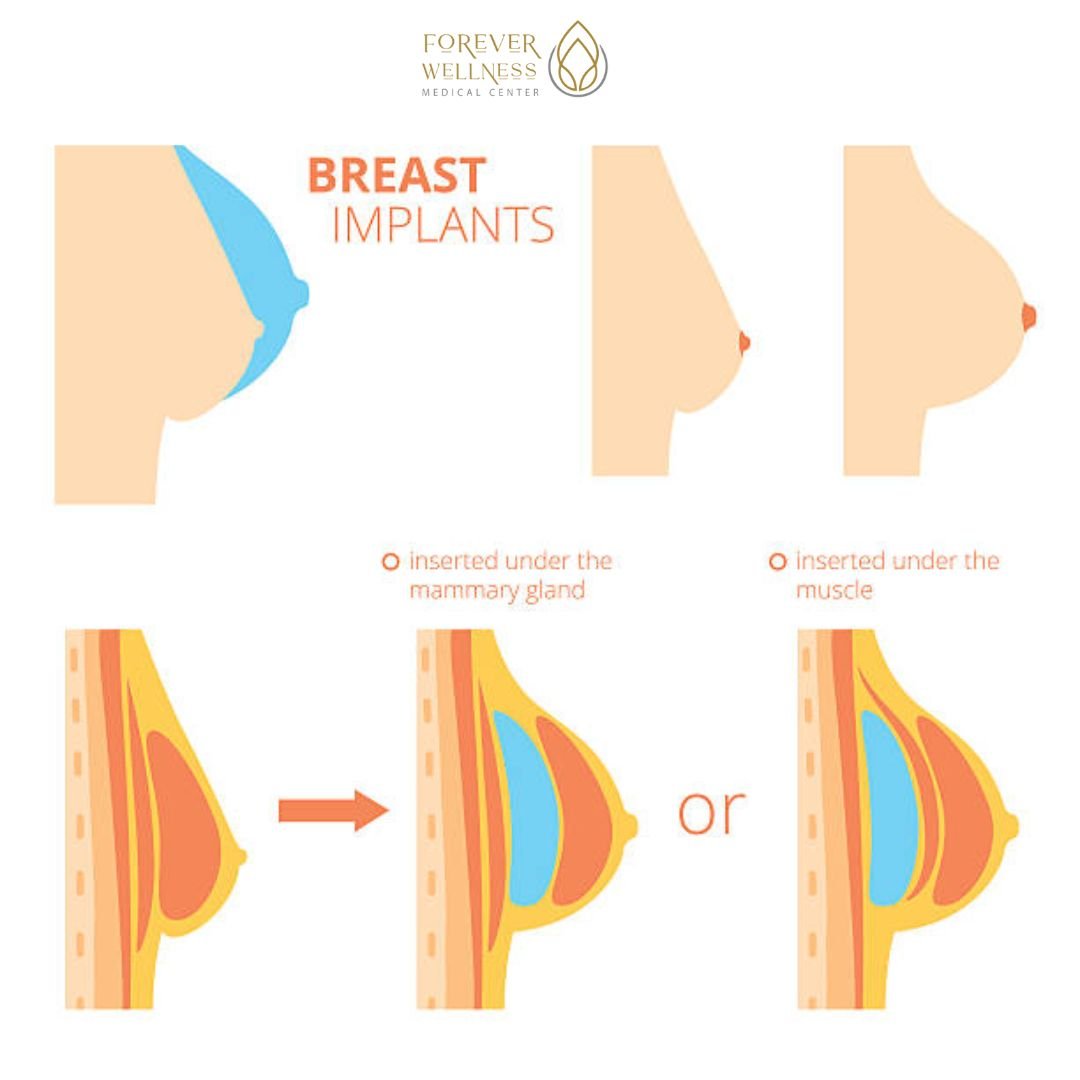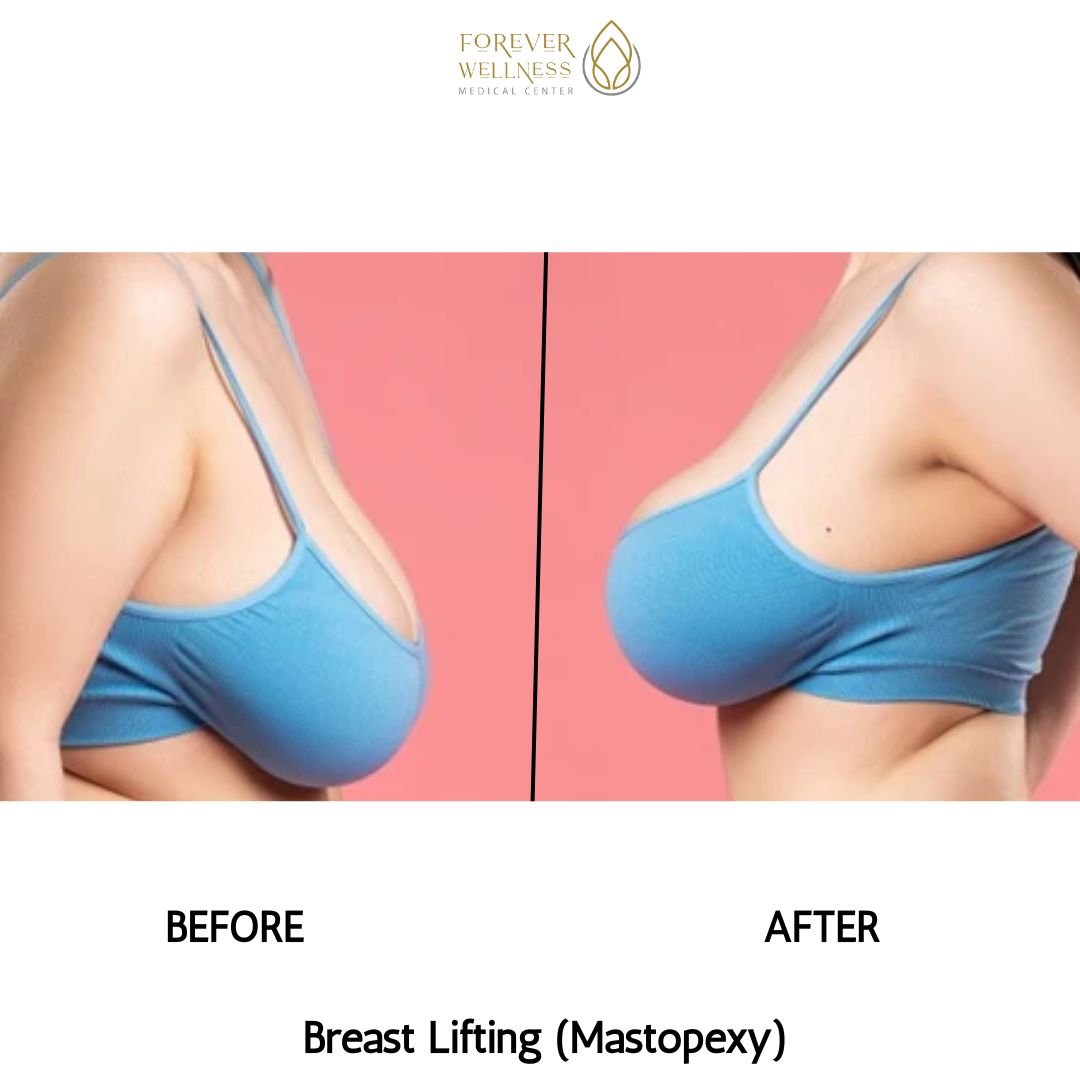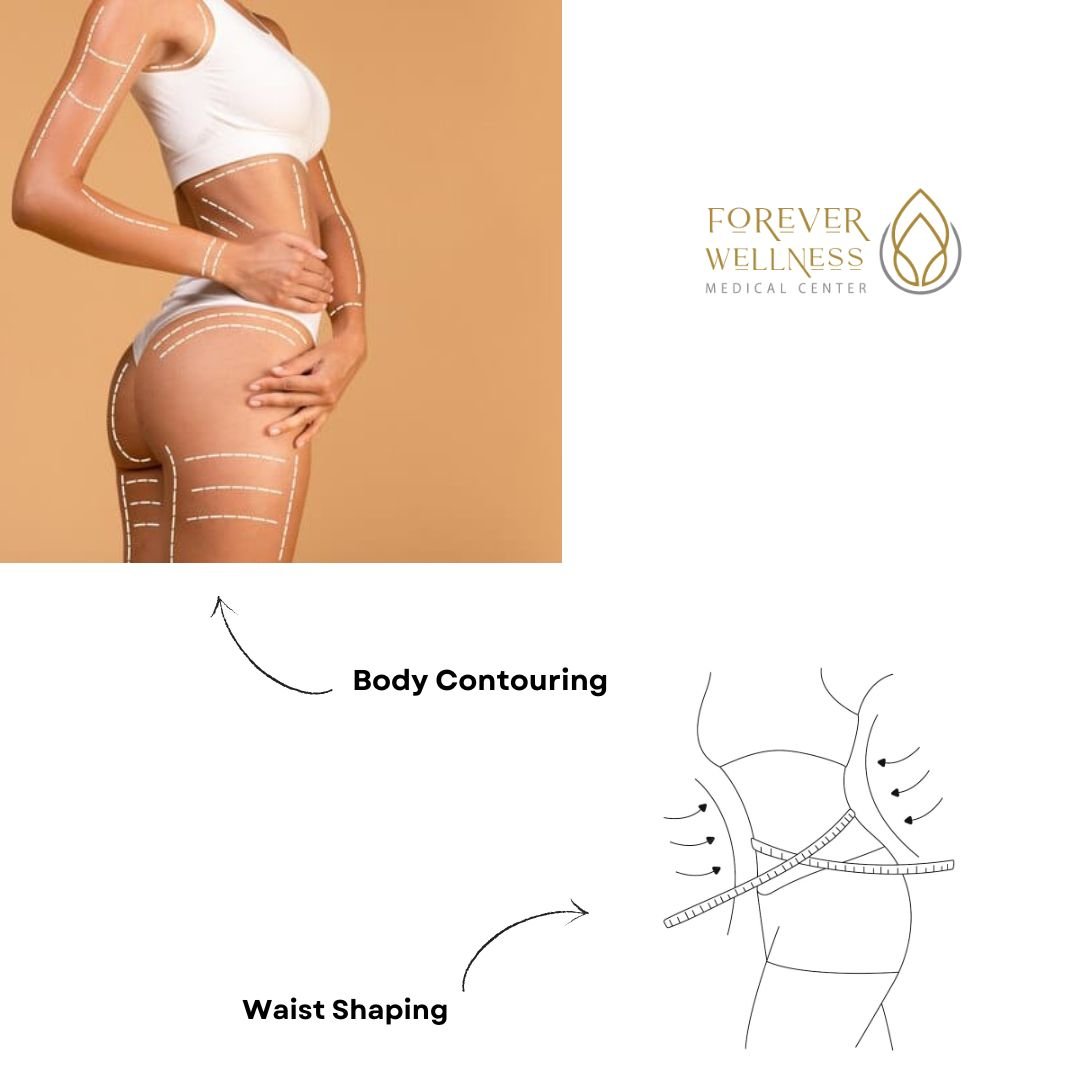Plastic Surgery and Reconstruction - Gynecomastia
- 28 January 2024
- 0 Comment
- Health Types
Gynecomastia refers to the enlargement of breast tissue in males. This condition can occur due to hormonal imbalances, certain medications, obesity or genetics.
Causes and Symptoms of Gynecomastia
Hormonal changes during puberty, an imbalance in estrogen and testosterone, certain medications and underlying medical conditions can contribute to gynecomastia.
Enlarged breast tissue, tenderness and swelling in the breast area are common symptoms of gynecomastia. Gynecomastia can have a psychological impact, affecting self-esteem and body image. Seeking professional advice and support is important for managing the emotional aspects of this condition.
Evaluation and Treatment
It is important to seek evaluation by a healthcare professional who may perform a physical examination and if necessary, order additional tests to identify the underlying cause. A consultation with a plastic surgeon is important for individuals considering surgery. The surgeon will assess the severity of gynecomastia, discuss the surgical approach and explain potential outcomes and benefits.
Treatment depends on the cause of gynecomastia. In some cases, it may resolve on its own, especially if related to puberty. If caused by medication or a medical condition, addressing the underlying issue is crucial.
In cases where gynecomastia persists and causes significant discomfort or psychological distress, surgical intervention (male breast reduction surgery) may be considered.
Male Breast Reduction Surgery
Surgical procedures involve removing excess breast tissue and reshaping the chest to achieve a more masculine contour. This is typically considered when conservative measures are ineffective.
Recovery Process
Recovery time after male breast reduction surgery varies but often involves a few days of rest and avoiding strenuous activities for several weeks.






















No Comments Found